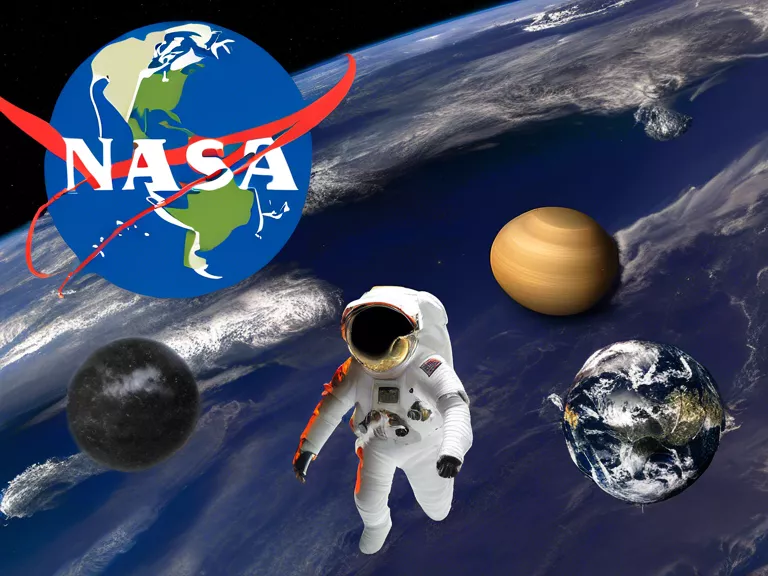lareddepathways.com – NASA, the National Aeronautics and Space Administration, has been a cornerstone of technological innovation for decades. From its inception, NASA has been at the forefront of developing cutting-edge technologies that not only advance space exploration but also have significant impacts on various aspects of life on Earth. This article explores the multifaceted role of NASA in fostering technological innovation.
Enabling Inspiring Missions
NASA’s missions in science, exploration, and aeronautics are driven by the need for new technologies. These innovations are critical to enabling the agency to achieve its ambitious goals, such as exploring distant planets, understanding the universe, and improving air travel. The development of these technologies often involves addressing both known and unanticipated challenges, ensuring that NASA remains at the cutting edge of scientific and engineering advancements.
Supporting the National Innovation Economy
NASA’s technology development efforts extend beyond space exploration. The innovations created to solve space-related problems often find applications in various industries on Earth, contributing to the nation’s innovation economy. For instance, advancements in materials science, robotics, and information technology developed for space missions have led to improvements in healthcare, transportation, and environmental monitoring.
Open Innovation Initiatives
NASA has embraced open innovation as a strategy to accelerate technological progress. By engaging with public collaborators, prize competitions, challenges, and crowdsourcing, NASA leverages the collective intelligence of a broader community. This approach not only enhances the agency’s ability to solve complex problems but also fosters a culture of innovation within and outside the organization.
Cutting-Edge Innovations
NASA’s researchers are constantly pushing the boundaries of what is possible. For example, the development of smaller, lighter, and more versatile lidar tools for space exploration has the potential to revolutionize remote sensing and mapping technologies on Earth5. Similarly, the James Webb Space Telescope’s primary mirror, made of 18 separate segments that unfold and adjust to shape, represents a significant engineering achievement with applications in various fields.
Dual Benefits of Research and Development
NASA’s commitment to harnessing the dual benefits of its research and development efforts is evident in its spinoff innovations. These are technologies originally developed for space exploration that have found practical applications in everyday life. Examples include memory foam, water purification systems, and advanced imaging technologies used in medical diagnostics.
Conclusion
NASA’s role in technological innovation is multifaceted and far-reaching. By driving the development of new technologies for space missions, supporting the national innovation economy, embracing open innovation, and creating cutting-edge innovations, NASA continues to be a beacon of scientific and technological advancement. As the agency looks to the future, its commitment to innovation will undoubtedly lead to more groundbreaking discoveries and practical applications that benefit humanity.

